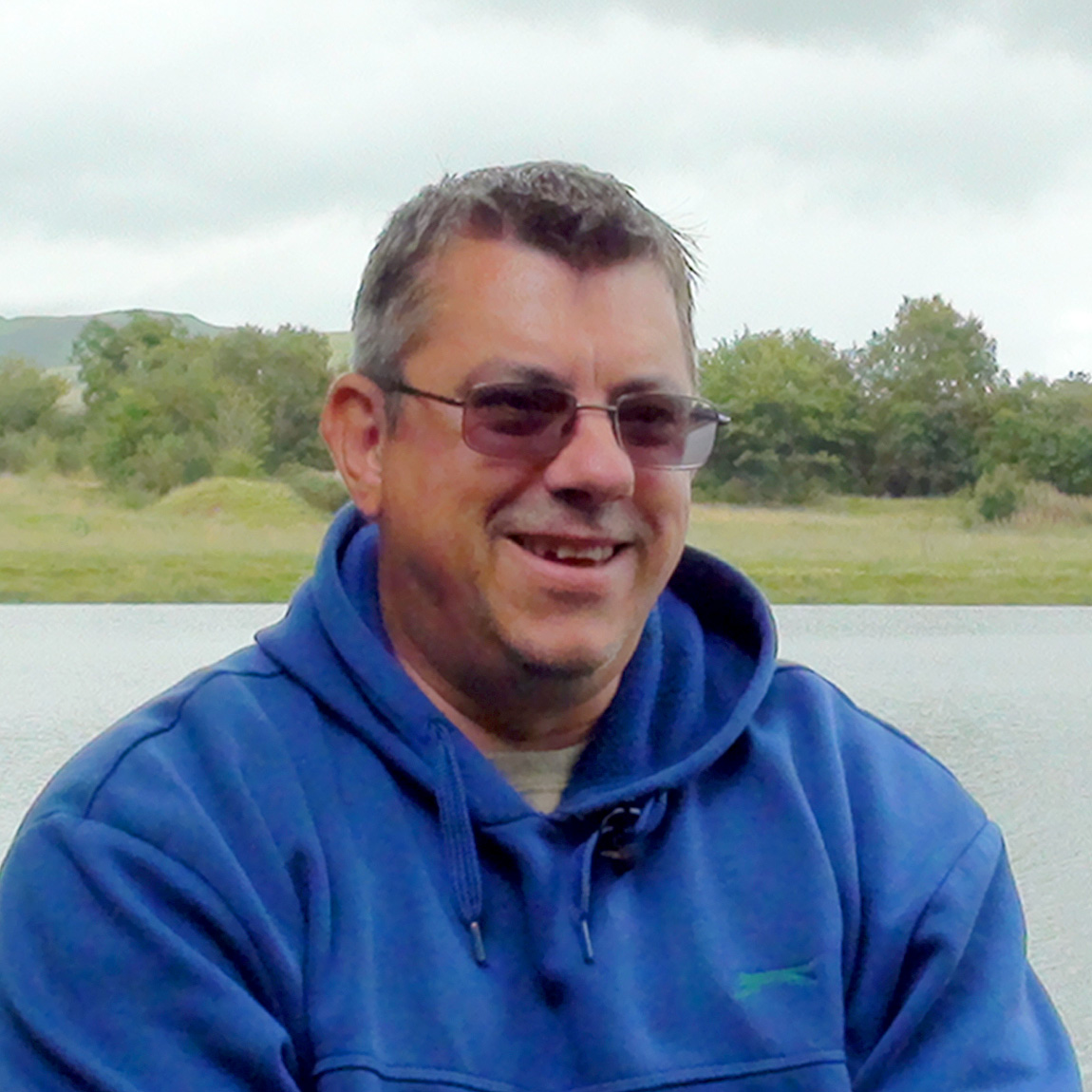The Wild Carp Trust
What’s your main role within the Wild Carp Trust?
As well as being one of the founders of the Wild Carp Trust, I established the Facebook group in 2013, growing it to nearly 1,000 members.
What’s your vision for the Wild Carp Trust?
Ideally I’d like to see an ark breeding project like the one pioneered by Trevor Harrop and Budgie Price for the Avon Roach Project. Where we can collect fertilised eggs and rear the juvenile fish in tanks or small pools to stock back into their native waters. I’d also like us to be in the situation to stock a few more waters (but not too many). It would be too easy to make the fish so common that nobody found them special. Rearing these fish would also preserve the strain and prevent them from becoming wiped out by predators or cross breeding with other strains of carp.
How will you achieve it?
We’ve overcome our hardest obstacle in securing our first strain of wild carp. The challenge of locating fish eggs and getting them to a facility where the juvenile fish can be reared was one that nearly killed me (I had a heart attack). Next I hope we will be fundraising, because we’ll need funds to grow these fish on and to pay the rent on our conservation pool. It’s a very picturesque water, where the young carp will grow on in peace until they themselves are spawning. We’ll also seek to get more people on our social media pages and visiting our website, so that we can educate them about the heritage represented by the oldest strains of carp.
What do you hope that others will bring to the Wild Carp Trust?
You make a lot of friends through angling and six of my best are trustees in the Wild Carp Trust. I know I’ll make other friends on this journey and I would imagine some of them will be only too pleased to help us out. I would like nothing better than seeing our youngsters being taught about our oldest strains of carp and maybe even fishing for them. After all, this is as much for them as it is for us. I hope our youngsters won’t have to fight like we have for the safety of our heritage carp but if they do at least it will be comforting to know that we’ve taught them the reasons why they need preserving.
Your passion for wild carp
Why wild carp?
I’ve fished Llyngwyn and Pant y Llyn so many times, and have had water from those lakes fill my wellies so often over the years, that wild carp are probably flowing through my veins. Wild carp were the reason why Fennel and my paths crossed; he and I have dedicated so much of our lives to wild carp since then. It’s the reason why so many anglers think of him or me when wild carp are mentioned. Rather proudly, on one occasion I had a message from famous angler Chris Yates asking if I’d caught the wild carp he’d seen in a photograph. I had, and the correspondence that developed with Chris resulted in my friendship with him. Rather special given that he’s my angling hero.
Fishing for wildies
When did you catch your first wild carp?
I caught my first wild carp in 1981. The story was published on the Fallon’s Angler website.
What’s your favourite way of fishing for wild carp?
I love catching them off the surface, especially on a dog biscuit bait. My regular waters are those close to home (Llyngwyn and Pant y Llyn) and because they are shallow, I’ve always ledgered a dog biscuit over depth with the only weight on the line being leger fixed between two float stops (like a zig rig in modern day terms, with the dog biscuit on the surface). This prevents the hookbait from being moved around in the wind. After a few years of fishing like this, I found that the carp started smashing the bait a few times with their tales before taking it, much like a bass will stun its prey by injuring it with it’s gill rakers. The wild carp try to dislodge the bait from the hook. They’re really clever fish!
What’s your favourite wild carp water?
Llyngwyn is second to none; for me it holds the oldest looking of the strains, with a blunt head and sleek body. Almost like a chub.
Any waters you’d still like to fish?
The one I’ve yet to find. Whenever I’m out walking the mountains and come across a pond, I’ll always stop and stare at it for ten minutes or more, just hoping to see a carp’s back emerge or hear a fly being slurped from the surface. I’m sure there are many wild carp waters yet to be discovered, it’s whether we can find and protect them before the predators do.
Conserving wild carp
Why conserve wild and feral carp?
We owe it to other anglers and our youngsters to conserve wild carp and teach them about these amazing fish that have been here for centuries. I’d like to think that the strains we conserve will be our legacy will always live on.
Final thoughts
For anyone who has never fished for wild carp before and wants information so they can give it a go, or anyone who thinks they’d like to help by donating to our charity then please contact us.
